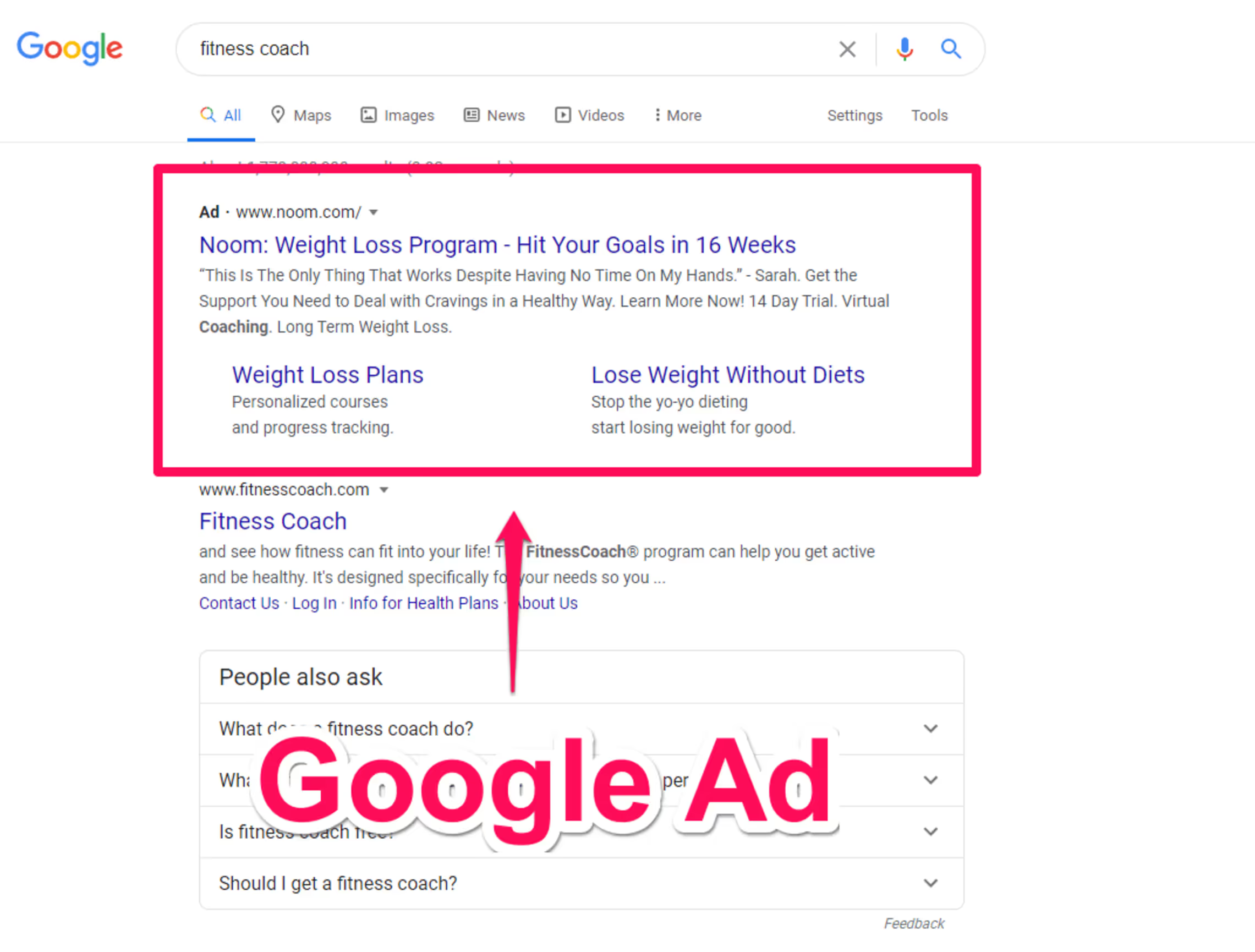Competition in the e-learning market and what it means for you
A deep dive into the competitive LXP/LMS market, and what to look out for when considering a supplier.

Who doesn't love a bit of competition? I’ve always believed fair and spirited competition brings the best out of people - so with that in mind, I've definitely found myself in the right industry!
The learning platform market is incredibly competitive, vibrant, and abundant with vendors. Each of us has a different ethos and mission, and we're all vying for your attention - but what does that mean for you?
Competition is good.
The old adage that competition drives innovation is largely true. Ford and Ferrari. McDonald's and Burger King. Microsoft and Apple. Nike and Adidas. Coca Cola and Pepsi. The list goes on with examples of companies pushing each other to innovate products, marketing and more (evidenced by the absolutely stellar marketing campaigns that Burger King rolls out.)
Mostly, a competitive market is a good sign for you. You have way more chances of finding a partner who meets your exact needs.
Something I have been blown away with since joining Thrive is our confidence to find customers that are the right fit for us as well as the other way around. So much so that our sales team actually recommends competitors if they believe they’d be a better fit. That’s because we know what we are good at and we know exactly what value we provide, and it doesn’t matter how much competition we face, we always stick to that.
But there are those who won’t, which leads to my next point...
Competition exposes weaknesses, but not in the way you think.
To quickly illustrate how competitive the L&D industry is, we can delve into the wonderfully boisterous world of Google Ads.
A brief explanation of how Google Ads work is that you pick a search term that you want your ads to appear for, enter a bid that you are comfortable paying for a click and then you are entered into an auction, with the most relevant advertisers willing to pay the most bumped up to the top.
The more competitive, the higher you have to bid. Got it? Awesome.

When we take the search term “learning management system” the rough bid you need to appear at the top of the page is £25.34. That’s just for one click. So someone could erroneously click your ad, immediately leave the site and you have just paid the price of a Nando’s for two for the pleasure. That’s competition for you!
Faced with this competition, some supplier’s internal marketing teams or agencies can become fixated with the competition rather than doing what they're there to do… Sell their own product.
It’s easy to be yourself when times are easy, but when you have giant competitors and lots of them trying to drown you out, that’s when you see advertisers embellish their offering or promise things that are realistically undeliverable. We’ve even seen a few of our competitors base their marketing strategies around us, using language such as “The #1 alternative to Thrive” - which we’ve only taken as a compliment. (And thanks for the free advertising!)
This muddies the water on what people should really care about, and leads to providers talking the talk but not walking the walk.
I call this “top-of-the-pile marketing”.
For example, every man and their dog is “data-led” nowadays as standard, but how many companies actually invest in data resources, take their time to make sure data is empirically sound and answer important questions in a considered way?
So, make sure you look for evidence to back up what vendors are saying. Ask questions like; what are their current customers saying? What’s their customer retention rate? Are they talking in generic buzzwords?
What to consider when selecting a partner in a competitive market.
Know what you want.
This is so key. Knowing what you need from a vendor and how you want it done is crucial to a successful partnership. Sure, there are areas where you can be educated by potential vendors, but make sure you aren’t compromising too much on your ambitious wants and needs. A dream world self-directed, social learning culture can be just around the corner!
Study the market and find the outliers.
Try and get a holistic view of the marketplace and explore each brand’s messaging, especially how they relate to each other. Which brands are copying each other? Who is more unique? Who’s honest, transparent and trustworthy?
Find the brand that matches yours.
A synergetic relationship is essential. Out of all the suppliers you’re considering, whose values, culture and mission align most with yours, and do they practise these in a similar way to you? This even works if you are looking to change your organisation, especially in L&D. If you are trying to change the learning culture in your organisation, which supplier embodies the kind of change you want to see?
Look for people.
When it comes down to it, a company is just a collection of people. It’s always good practice to investigate the people behind the brand. What’s their expertise? How do they personally brand themselves? This also applies to a supplier's customers. Reach out to current customers and ask them about their experiences with the product and service; it’s how you know they’re really walking the walk.
If you want to see how Thrive walks the walk, check out some of our amazing client case studies! You can also book a demo of our Platform or Thrive Content to discover first-hand how Thrive can boost continuous learning in your organisation.


.svg)